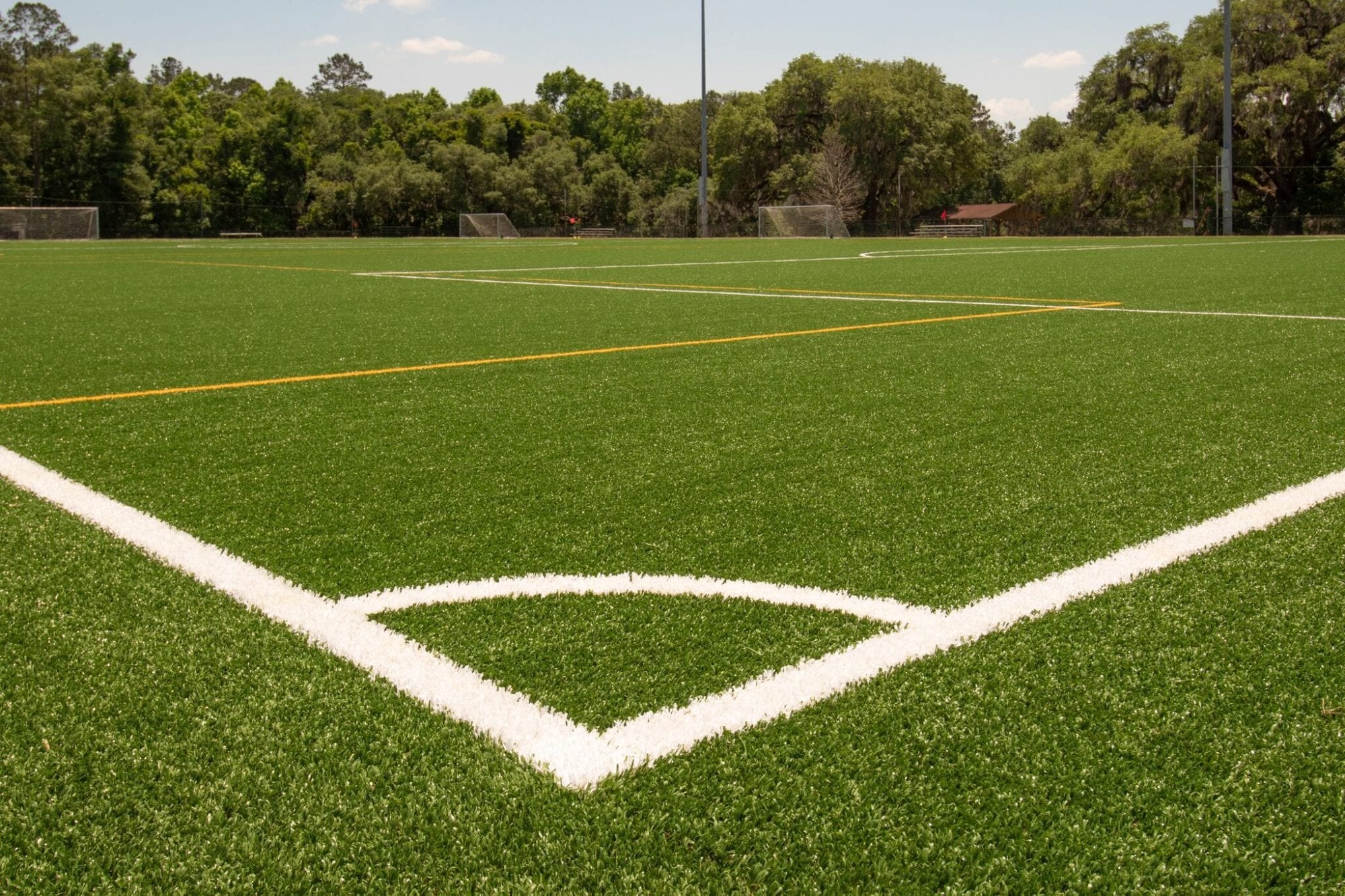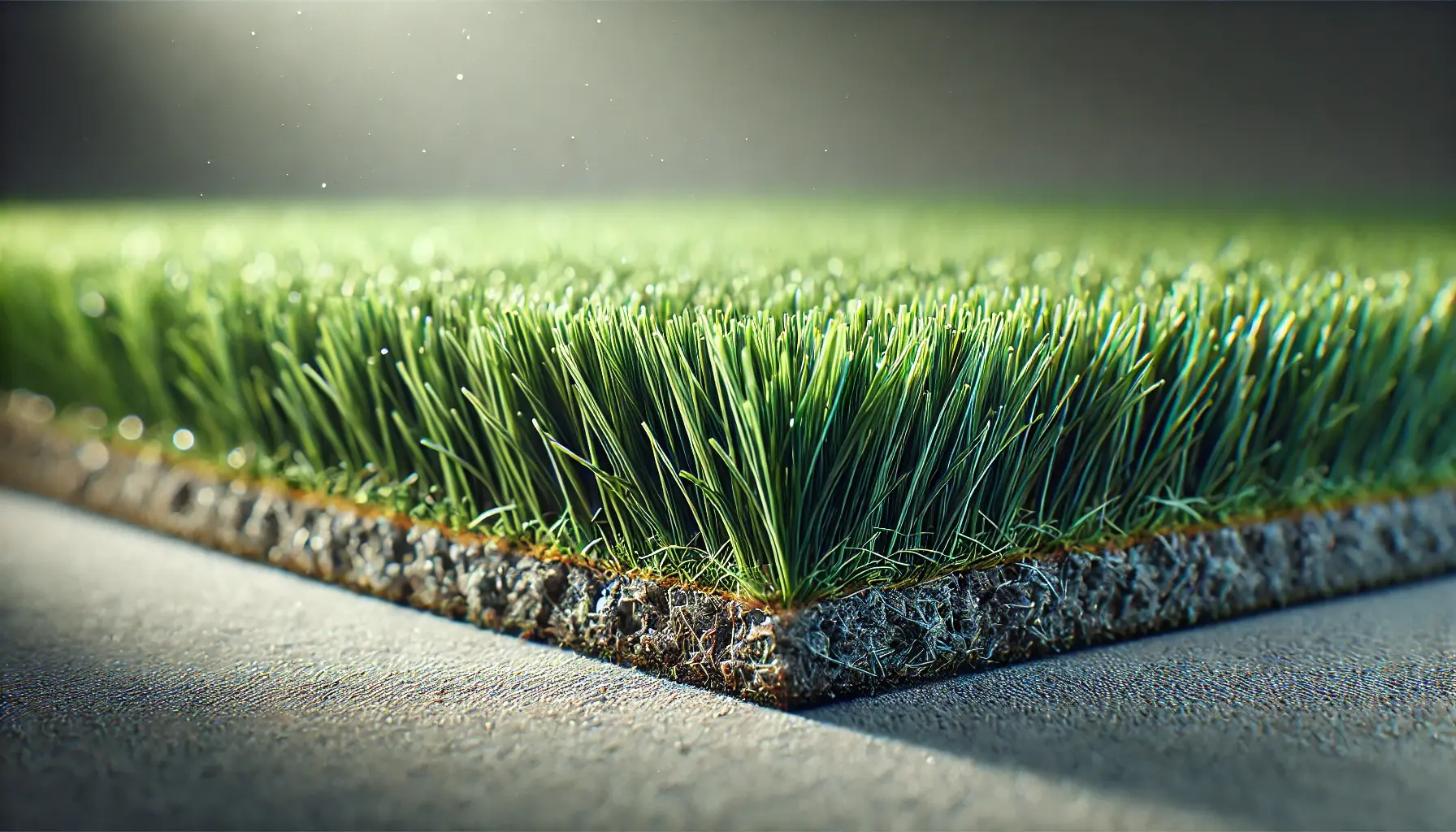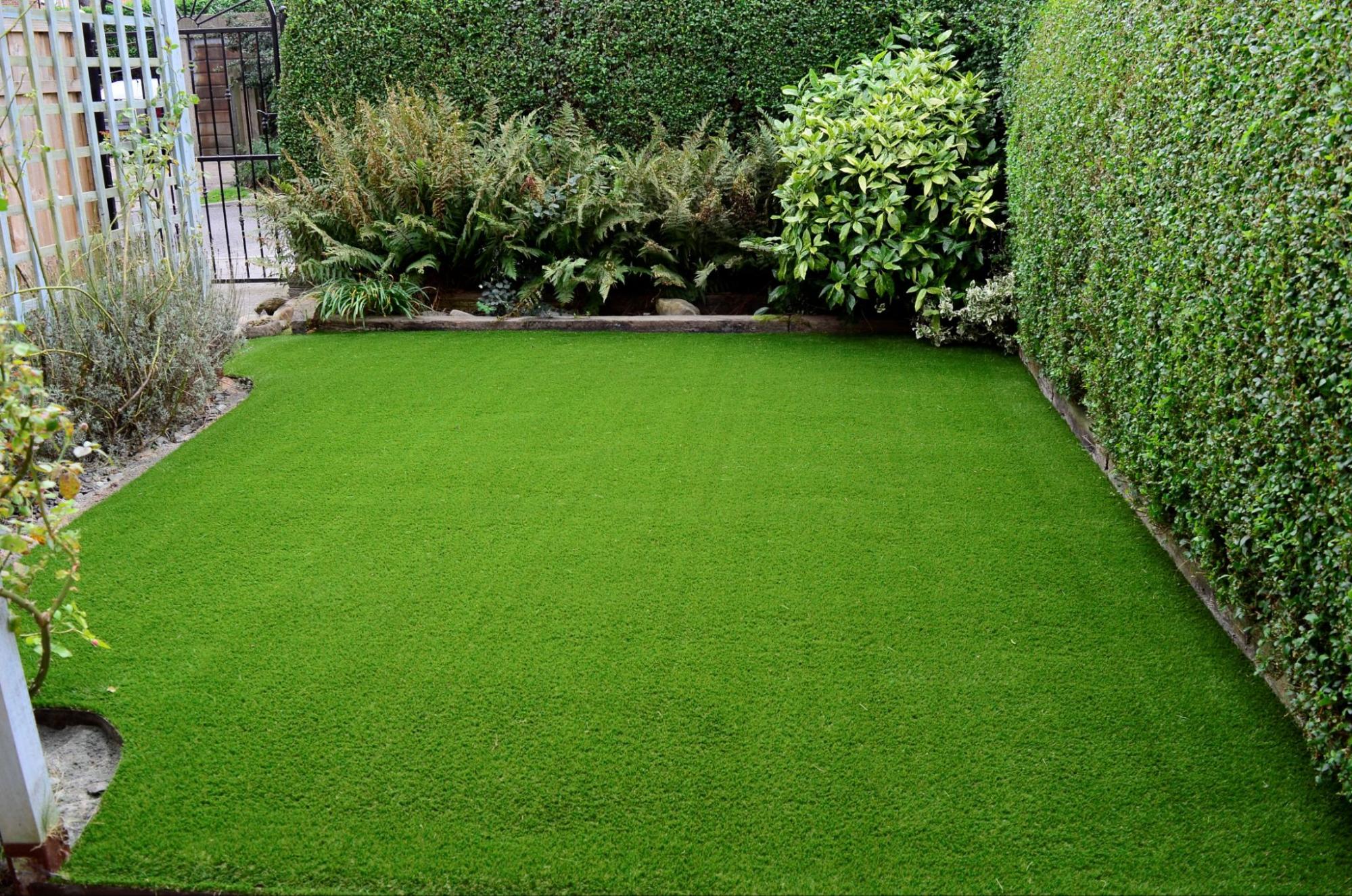Upgrade Your Outdoor Space with Arizona Artificial Turf for a Vibrant Green Look
Upgrade Your Outdoor Space with Arizona Artificial Turf for a Vibrant Green Look
Blog Article
See Why Homeowners Prefer Synthetic Grass for Lasting Landscaping Practices
As property owners significantly focus on sustainability in landscape design, synthetic turf has actually become a compelling option to standard lawn. Its ability to preserve water, reduce maintenance initiatives, and lessen ecological impact placements it as a functional selection for those seeking eco-friendly remedies. Additionally, the visual appeal and convenience of fabricated lawn satisfy diverse style preferences. Nevertheless, the ramifications of this shift extend beyond plain convenience and aesthetic appeals, triggering a better exam of just how these choices influence more comprehensive ecological outcomes. What stays to be checked out is the complete scope of benefits that synthetic grass can provide to house owners and the environment alike.
Water Preservation Perks
One of the most significant benefits of synthetic turf is its function in water conservation. In contrast, artificial turf removes this demand entirely, as it does not require watering.
Moreover, the installation of synthetic grass can add to a much more sustainable landscape. House owners can dramatically decrease their water costs, permitting for reallocation of resources to other environmental efforts or family uses. Additionally, synthetic turf is designed to withstand various weather conditions without the need for additional watering, making it a perfect choice for areas encountering water deficiency.
The ecological benefits extend past prompt water savings. By decreasing water consumption, man-made lawn helps to minimize the impacts of environment change, maintaining crucial communities that are intimidated by too much water extraction. As lasting landscape design practices get traction, artificial turf becomes a responsible selection for house owners seeking to develop environmentally friendly exterior rooms.
Reduced Upkeep Efforts
Synthetic grass dramatically lowers maintenance efforts compared to standard lawn yards. With fabricated turf, house owners can remove the time-consuming tasks associated with natural landscaping, such as mowing, fertilizing, and weeding. This not only conserves important time yet additionally lowers physical labor, making lawn care obtainable for individuals of all ages.
Traditional lawns require frequent cutting to keep an aesthetically pleasing elevation, whereas fabricated turf remains regularly rich without the requirement for reducing. Furthermore, homeowners no much longer need to apply fertilizers or chemicals, which are usually called for to maintain all-natural lawn healthy and balanced.
In addition, artificial grass is durable and resilient, requiring very little upkeep beyond occasional cleaning and washing to remove debris. This ease of maintenance enables house owners to appreciate their outdoor rooms without the continuous fear of upkeep, providing more time for leisure and family members tasks. Ultimately, the minimized upkeep efforts connected with artificial turf make it an appealing choice for those looking for a low-maintenance, aesthetically appealing landscape.

Ecological Influence Decrease
There is a growing acknowledgment of the environmental advantages connected with artificial grass, specifically in terms of water conservation and minimized chemical use. Standard lawns require substantial amounts of water, specifically in drought-prone areas, leading to enhanced pressure on regional water sources. In comparison, synthetic grass removes the demand for irrigation, dramatically decreasing water consumption and advertising sustainability.
Additionally, traditional grass maintenance usually entails the application of herbicides, chemicals, and plant foods, which can contribute to soil and water pollution. Synthetic grass alleviates this ecological risk by calling for minimal maintenance and practically eliminating the demand for hazardous chemicals. This not just boosts soil health yet also secures local environments from toxic runoff.
Furthermore, the production of natural turf lawns normally entails using fossil gas for trimming and landscape design tools, more adding to greenhouse gas emissions. By choosing man-made grass, homeowners can significantly lower their carbon footprint related to lawn care activities.
Visual Allure and Convenience
In enhancement to its environmental advantages, synthetic grass offers considerable aesthetic charm and convenience for landscape design. Home owners can attain a lavish, eco-friendly appearance year-round, eliminating the seasonal changes commonly connected with all-natural yard. This consistent aesthetic not just boosts the visual appeal of a residential or commercial property however additionally adds to a properly maintained and sleek appearance.
Moreover, synthetic grass is readily available in a variety of colors, structures, and designs, permitting for customization to fit private choices and style motifs - Arizona turf. Whether used in property gardens, industrial areas, or entertainment locations, it can Our site flawlessly incorporate right into varied landscape design layouts, from modern-day minimalist to rich tropical settings
The adaptability of fabricated turf prolongs past plain appearance; it can be set up in different locations, including rooftops, patio areas, and even indoor areas, developing opportunities for special landscape design options. In addition, it appropriates for an array of activities, from children's play areas to pet-friendly atmospheres, providing performance without compromising design.
Inevitably, the aesthetic appeal and convenience of synthetic grass make it an attractive option for house owners looking for sustainable landscape design remedies that do not sacrifice beauty for environmental responsibility.

Long-Term Price Financial Savings
One of the most compelling advantages of fabricated turf is its capacity for long-lasting price savings. Unlike natural lawn, which calls for regular maintenance-- including mowing, watering, feeding, and parasite control-- artificial grass dramatically reduces these continuous expenditures.
Additionally, man-made lawn has a life expectancy of 15 to 25 years, relying on its quality and usage. This longevity lessens substitute prices, making it a much more affordable choice over time. The preliminary financial investment in artificial grass can often be recouped through the cost savings built up over time.
While the upfront expense might appear greater compared to sod setup, the advancing financial savings from lowered upkeep and water use often outweigh these preliminary expenditures. Eventually, the fostering of fabricated lawn not just advertises a lasting landscape design remedy yet additionally offers property owners a financially smart option that aligns with lasting budgeting objectives.
Verdict
Artificial lawn arises as a compelling option for sustainable landscape design, using significant benefits in water conservation, decreased upkeep efforts, and reduced environmental effect. As areas increasingly focus on ecologically pleasant techniques, the fostering of fabricated turf represents a progressive step toward achieving look at this site resilient and sustainable landscapes.
Additionally, synthetic grass is developed to hold up against numerous weather problems without the demand for supplementary watering, making it a suitable selection for areas facing water shortage. (Arizona turf)

Fabricated turf emerges as a compelling alternative for lasting landscape design, supplying significant advantages in water conservation, decreased upkeep initiatives, and diminished environmental effect.
Report this page